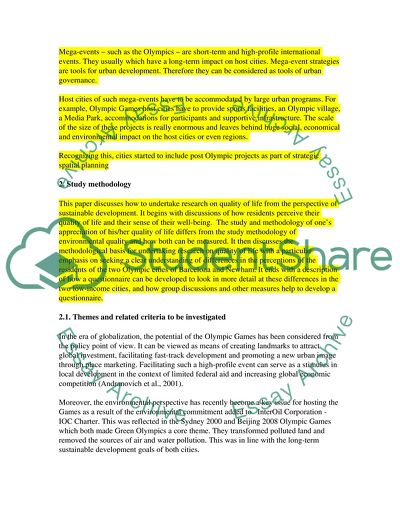Cite this document
(Mega Sustainable Urban Development in East London and Barcelona during Term Paper, n.d.)
Mega Sustainable Urban Development in East London and Barcelona during Term Paper. Retrieved from https://studentshare.org/architecture/1751738-comparative-urban-projects
Mega Sustainable Urban Development in East London and Barcelona during Term Paper. Retrieved from https://studentshare.org/architecture/1751738-comparative-urban-projects
(Mega Sustainable Urban Development in East London and Barcelona During Term Paper)
Mega Sustainable Urban Development in East London and Barcelona During Term Paper. https://studentshare.org/architecture/1751738-comparative-urban-projects.
Mega Sustainable Urban Development in East London and Barcelona During Term Paper. https://studentshare.org/architecture/1751738-comparative-urban-projects.
“Mega Sustainable Urban Development in East London and Barcelona During Term Paper”, n.d. https://studentshare.org/architecture/1751738-comparative-urban-projects.


